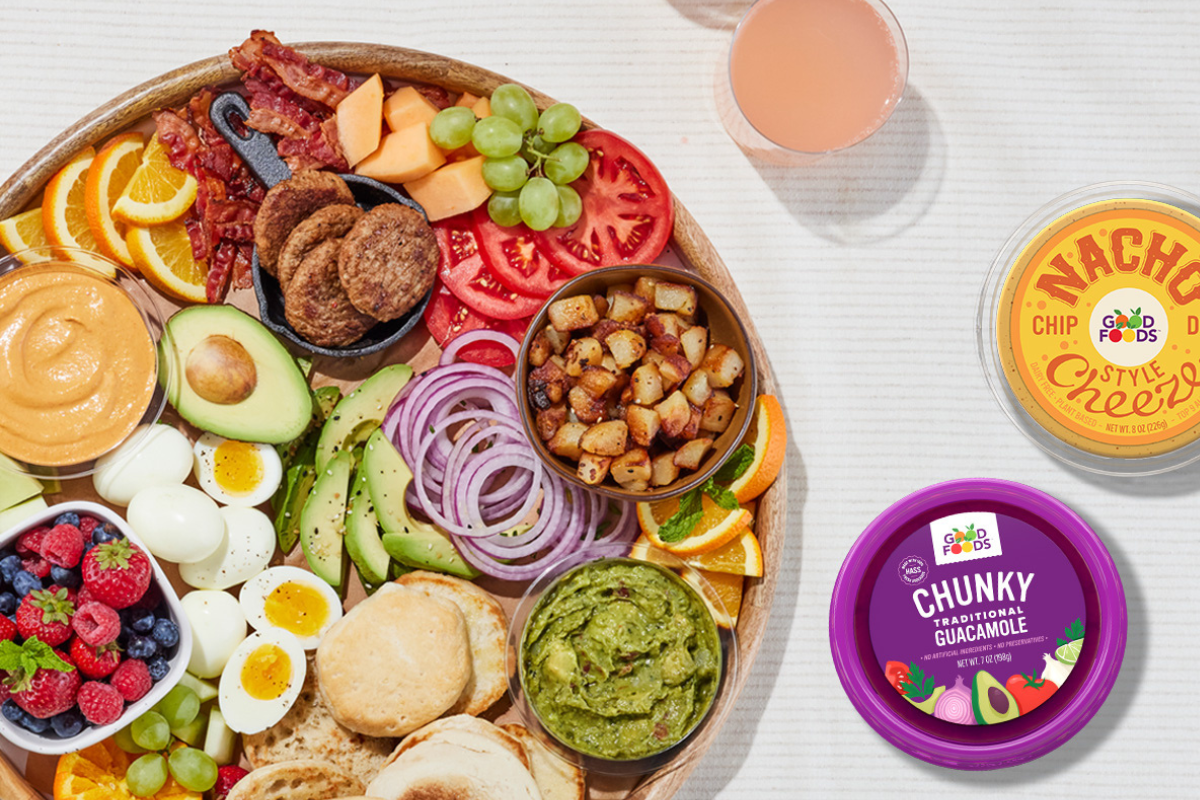A Beginner’s Guide To Intuitive Eating

I recently reached my auspicious eight-year anniversary of reading healthy living, nutrition and fitness blogs. It started innocently enough as work research, and later evolved into reading and tweeting about the lives of my favorite influencers multiple times a day. Eventually, I was talking about these bloggers as if they were my actual friends, or as they say on the internet, as if I knew them IRL.
I’m still reading blogs, but lately I’ve become more thoughtful about my content consumption. It struck me recently that I had been taking a lot of what bloggers said at face value. One of the biggest culprits in this area is the notion of “intuitive eating.” Many of the blogs I read subscribe to this idea, which I basically interpreted to mean “listen to your body and eat when you’re hungry.” While the basics of this is accurate, I was missing the meaning behind what intuitive eating is and why it could be a healthy lifestyle.
I set out to read Intuitive Eating, written by registered dietitians Evelyn Tribole and Elyse Resch, originally published in 1995. The book talks about principles that help readers stay tuned into your body’s natural hunger cues. According to the authors, this is more effective at maintaining a healthy weight than traditional diet approaches, such as counting calories or fat.
I’ve recapped my main takeaways below, and recommend checking out the book for yourself, especially if you’ve struggled with dieting and body image.
I’m not the only one who struggles
The first thing that struck me while reading this book is that I am not alone. I’ve been on and off diets for half my life, and I’m stuck in the same pattern; I lose weight, feel amazing, and then I gain weight back – usually more than I weighed before. I’m tired of this pattern, and I’m ready to feel peace with my body. According to the book, this is a cycle many of us feel trapped in, which messes with our ability to listen to our bodies. One of the thoughts behind intuitive eating is that most of us have a natural healthy weight that our bodies will settle into if we’re honoring our internal hunger and satiety cues.
You can know a lot about nutrition and still fluctuate in weight
The authors talk about the three most typical types of eaters among adults. First, Unconscious Eaters are often distracted and don’t notice what they’re eating. Second, Professional Dieters are always on a diet. Lastly, Careful Eaters appear to be conscious about health and fitness, but don’t honor their natural body cues. I identify with the third group; I am committed to eating healthy food, I love to exercise and I still love learning (and writing!) about these areas. And yet, my body just isn’t where I want it to be. It is frustrating, because, in theory, I know what to do to get healthy. After reading the book, I realized that there is something between my mind and body that doesn’t connect, which means I end up ignoring what I know is best for me.
Say no to dieting – for good
Throughout the book, the authors cite real examples from their clients. One of the biggest trends they noticed was that clients were generally accepting of the principles of intuitive eating, but they wanted to go on a diet first, lose weight, and only then would they start their journey with intuitive eating. Tribole and Resch urge readers not to wait, but to start embracing intuitive eating today by deleting calorie apps, putting the scale away, and saying “no” to dieting. They emphasize that intuitive eating is a journey and may not have lighting fast effects, but, when followed properly, would have long-lasting effects.
The first rule is that we don’t talk about food rules
Committing to intuitive eating requires giving yourself permission to eat whatever you want. The authors say that when you restrict what you eat and ban certain foods, it only makes you want those foods more, and when you do get the chance to eat them, you don’t know how to stop because you think it is the last time you’ll ever eat them. Tribole and Resch urge true, unconditional, permission to enjoy those foods you love – they even recommend stocking your food with your favorites so you’re never worried about being without them.
This is a tough one for me. As someone who gave up carbs on the South Beach Diet at age 16, I’ve pretty much sworn off bread, and when I do eat it (when I really want it – which is what intuitive eating wants!), I feel guilty (which is what intuitive eating does NOT want). Banning food rules can be effective because you can trust your body to tell your mind what it wants to eat, and second, if you don’t satisfy your cravings now, you’ll end up over-indexing on those cravings later.
Learn to listen, and honor your hunger
Tribole and Resch’s principles are about listening to what your body needs, and giving it what it craves to feel satisfied. I’m focusing on being thoughtful about when, why and what I’m eating. I pretty much always want to eat, because food is awesome. Now, I think about why I want to eat. Am I hungry or just bored? Do I want a drink in my hand at a party because I feel awkward without one? I’m committed to only eating when I am hungry. On the flip side, if I’m hungry, I don’t feel guilty about satisfying that need.
Perhaps most significantly, I think about what I want to eat, not what I think I should eat. This doesn’t mean I’m gobbling up pizza and cookies at every turn, but that I am thinking about both what sounds delicious but also how I want my body to feel. I’m committed to eating on my own terms. I’m done eating food I don’t love out of obligation (work happy hours, family gatherings, etc.), and plan to focus on what I want and need. Food is fuel, but it’s also meant to be an experience, and I’m ready to taste every bite and savor every sip.












